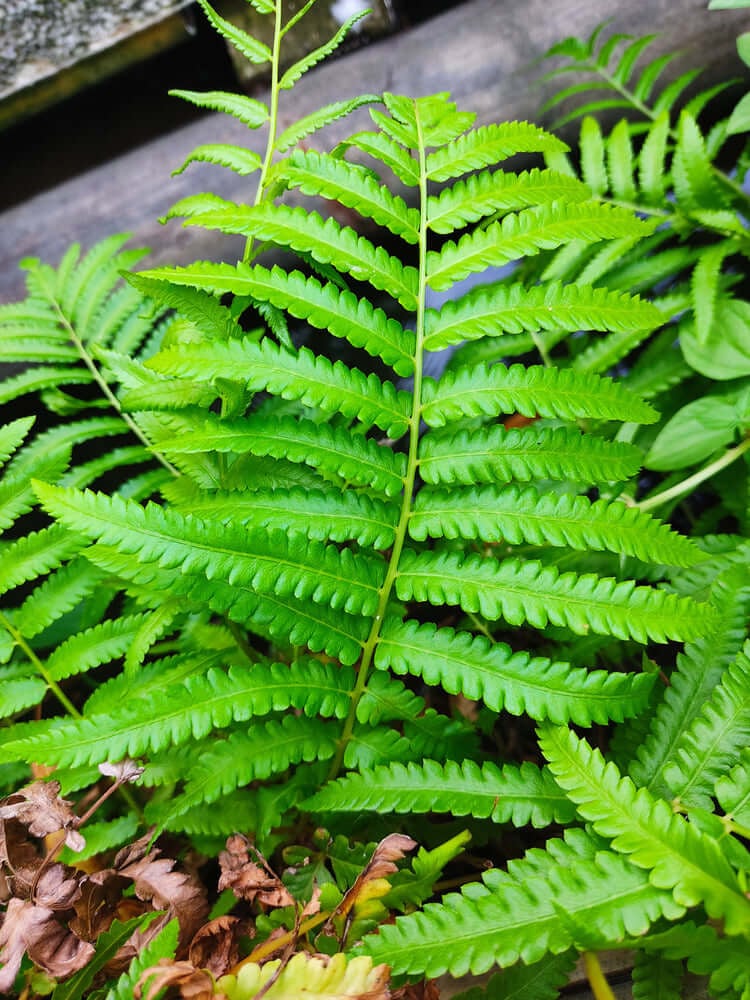Purple coneflower, also known as Echinacea purpurea is one of our customers' favorite flowering perennials for its stunning flowers and carefree growth habits. For both the seasoned gardener and novice, this native perennial is a great choice for adding colour and beauty to your landscape.
In the following, we address some of the most common purple coneflower questions so you can plant them confidently.

Do Coneflowers Love Light or Shade?
Coneflowers grow best in the sun and need 6–8 hours of sunlight per day to bloom fully. Though they are tolerant of shade, too much shade may lead to fewer flowers and stunted stems. Planting in a shaded location should also keep the soil well-drained, because too moist could slow their development.
If We Keep Buying These, Will There Be More Coneflowers Every Year?
Yes! Coneflowers are perennials, which means that they can return year after year with proper care. In colder regions, they shrivel up during the winter and re-emerge in the spring. They grow well in USDA zones 3–9, which makes them adaptable to any conditions. Cut back the shorn stems in late fall or early spring for the best results, and you’ll reap the health benefits of healthy new growth.
Do Coneflowers Spread Easily?
Coneflowers germinate both from seeds and from their clumping roots. Though they’re not invasive, they can over time infiltrate an area and blanket the ground with flowery flowers. Deadheading (eliminating spent flowers) discourages them and prolongs flowering. If you would like to promote natural reseeding, let a few blooms mature and drop their seeds.
What Are the Advantages and Negatives Of Coneflowers?
Pros:
Easy to Grow & Low Maintenance:
Purple coneflowers are very easy to thrive and grow and require very little maintenance once established. Easy on Pollinators: Their showy blooms fend off bees, butterflies and hummingbirds, all benefiting local ecosystems.
Coneflower is drought tolerant: Once established, coneflowers tolerate dryness and therefore are suited to the low watering landscape.
Long Season:
Coneflowers bloom from early summer through late fall, bringing you months of color.
Universal Applications:
They grow well in gardens, wildflower gardens, and naturalized areas.
Cons: Pests:
While mostly drought tolerant, they may occasionally attract aphids or beetles.
Seed Distribution:
If not controlled, they may extend beyond the field to be used. Moist Blooms in Shaded Places: If you aren’t getting enough sunlight, the flowers will wane and look less beautiful.
Why Plant Purple Coneflowers in Your Garden?
Purple coneflowers are an established, hardy, and beautiful plant to plant in your garden, offering easy care and environmental benefits. Their colourful blooms and wildlife appeal make them an excellent option for gardeners who appreciate form as well as utility.
So, are you interested in having purple coneflowers in your backyard? Check out the inventory at TN Nursery and let us help you design a pollinator-friendly garden!
Read more

This graceful, feathery fern is a favorite for its ability to enhance shady landscapes. Below, we answer some of the most common questions to help you understand and appreciate this beautiful nativ...

Native plants have become the cornerstone of sustainable gardening due to their ecological benefits, low maintenance needs, and natural beauty. Whether you're creating a pollinator haven or simply ...


